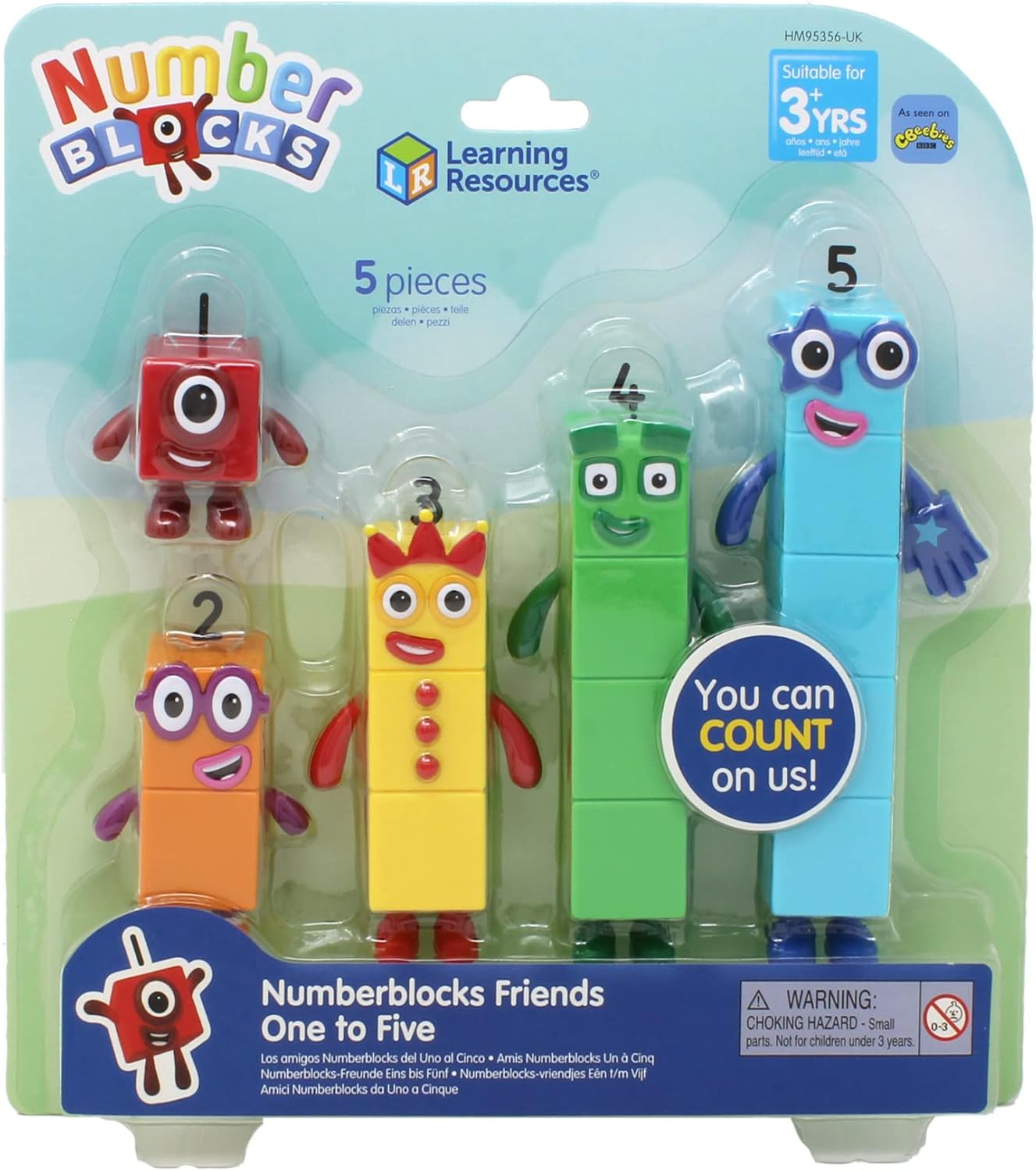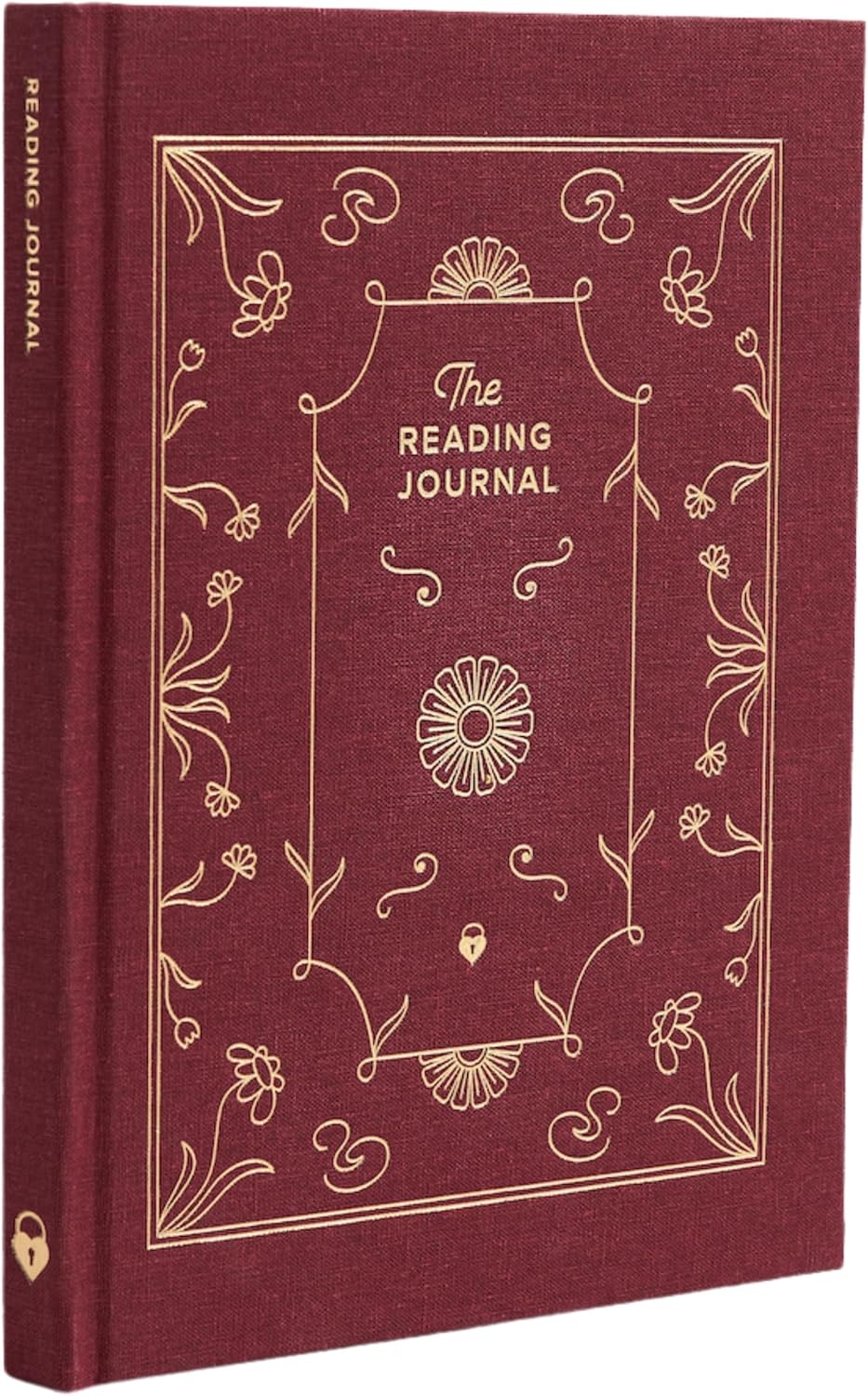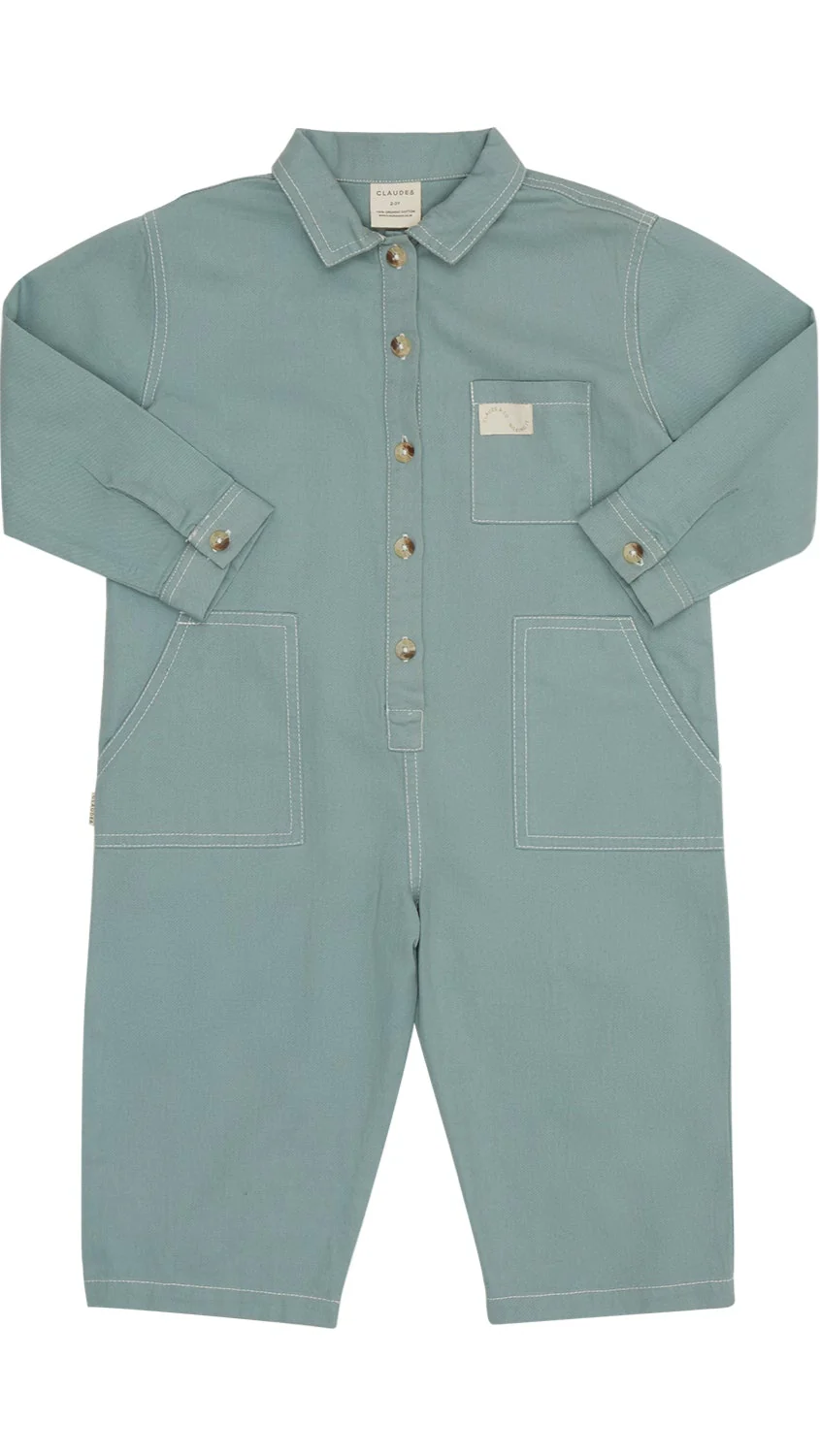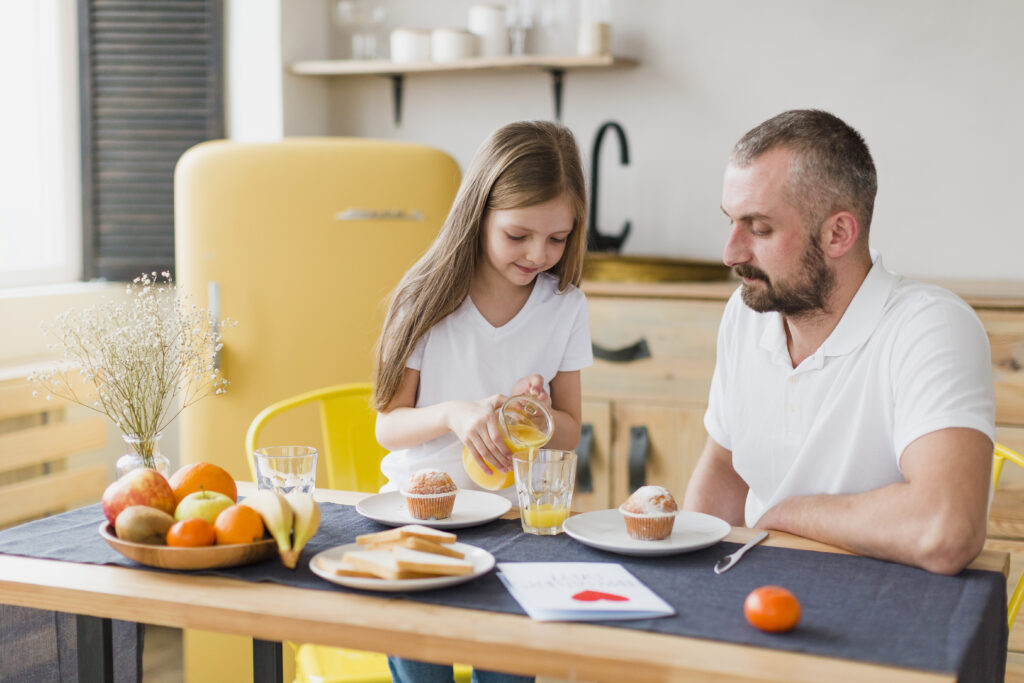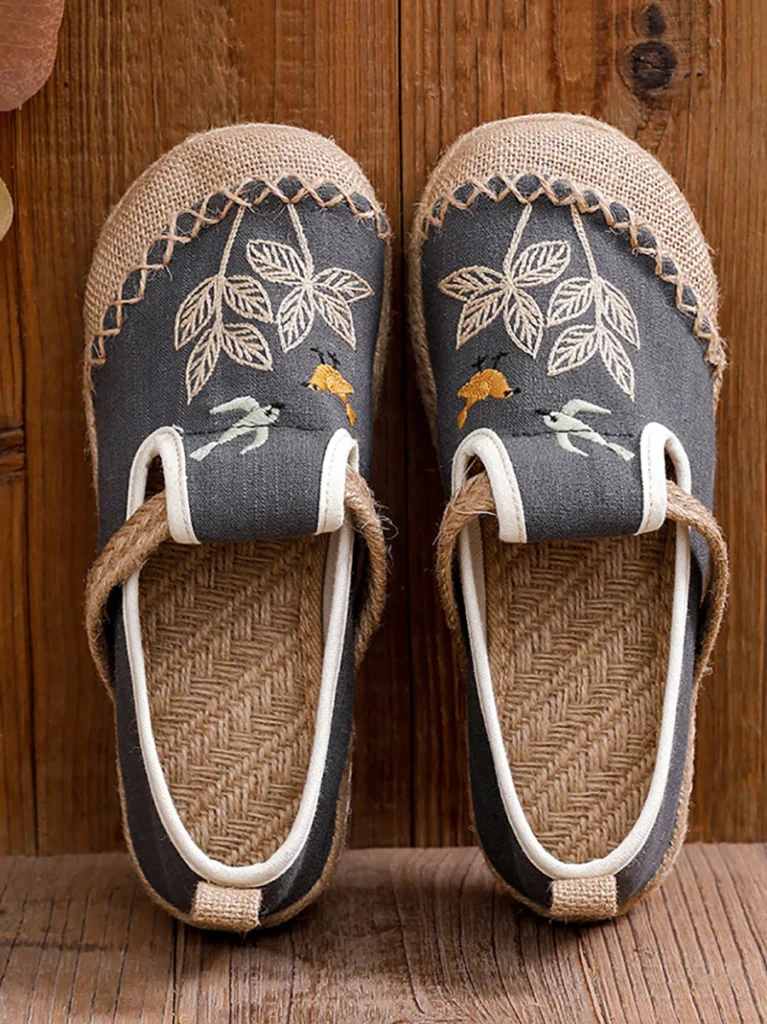Before children memorize facts, they feel patterns. The charm of Numberblocks Friends One to Five by Learning Resources is how it turns those patterns into characters kids want to befriend. One is a solo adventurer; Two loves pairs; Three finds rhythm; Four is steady and square; Five brings a high-five flourish to every scene. When these personalities become part of your child’s toy box, numbers shift from abstract symbols to stories that fit perfectly in small hands and busy days.
In this article we’ll show you how to fold Numberblocks Friends One to Five into real life without lesson plans: five-minute rituals that stick, gentle questions that spark thinking, mini-adventures to play on the rug or in the stroller queue, and ways to stretch the same set from early counting to first addition. No specs or prices—just practical, joyful math you can start today.
Shop Numberblocks Friends One to Five

Why these five work (and keep working)
Young children learn with their whole bodies. Holding One, Two, Three, Four, and Five lets them see quantity, feel size differences, and act out relationships—pairing socks with Two, marching beats with Three, building tidy squares with Four, celebrating sets of five with a cheerful high-five. Because the characters are distinct, you can revisit the same ideas daily without boredom: yesterday’s line-up becomes today’s hide-and-seek; tomorrow it’s a parade that stops at snack bowls to “count out” raisins. The blocks become a language for quantity long before anyone writes numerals.
Five-minute rituals that fit your day
At breakfast, place Numberblocks Friends One to Five beside the plate and invite a tiny job: “Can Two carry two blueberries to your bowl?” After bath, sit on the mat and build a quick “staircase” by height so the tallest waves goodnight last. In the car seat queue, hand your child Three and ask for a secret beat pattern—tap-tap-tap, pause, repeat—then echo it with your fingers. The point isn’t a perfect activity; it’s a repeatable moment that associates numbers with warmth and attention.
Talk like a mathematician (without sounding like a textbook)
Replace “What’s two plus one?” with prompts that invite noticing. Say what you see: “Three is tapping a pattern—can you copy it?” Name relationships: “Four is a square shape; where else do you see a square in the room?” Offer choices instead of quizzes: “Should Five share snacks in one pile or five little piles?” When your child answers, reflect it back—“You made five little piles; each has one”—so the vocabulary of quantity, equal groups, and order becomes familiar without pressure.
Shop Numberblocks Friends One to Five
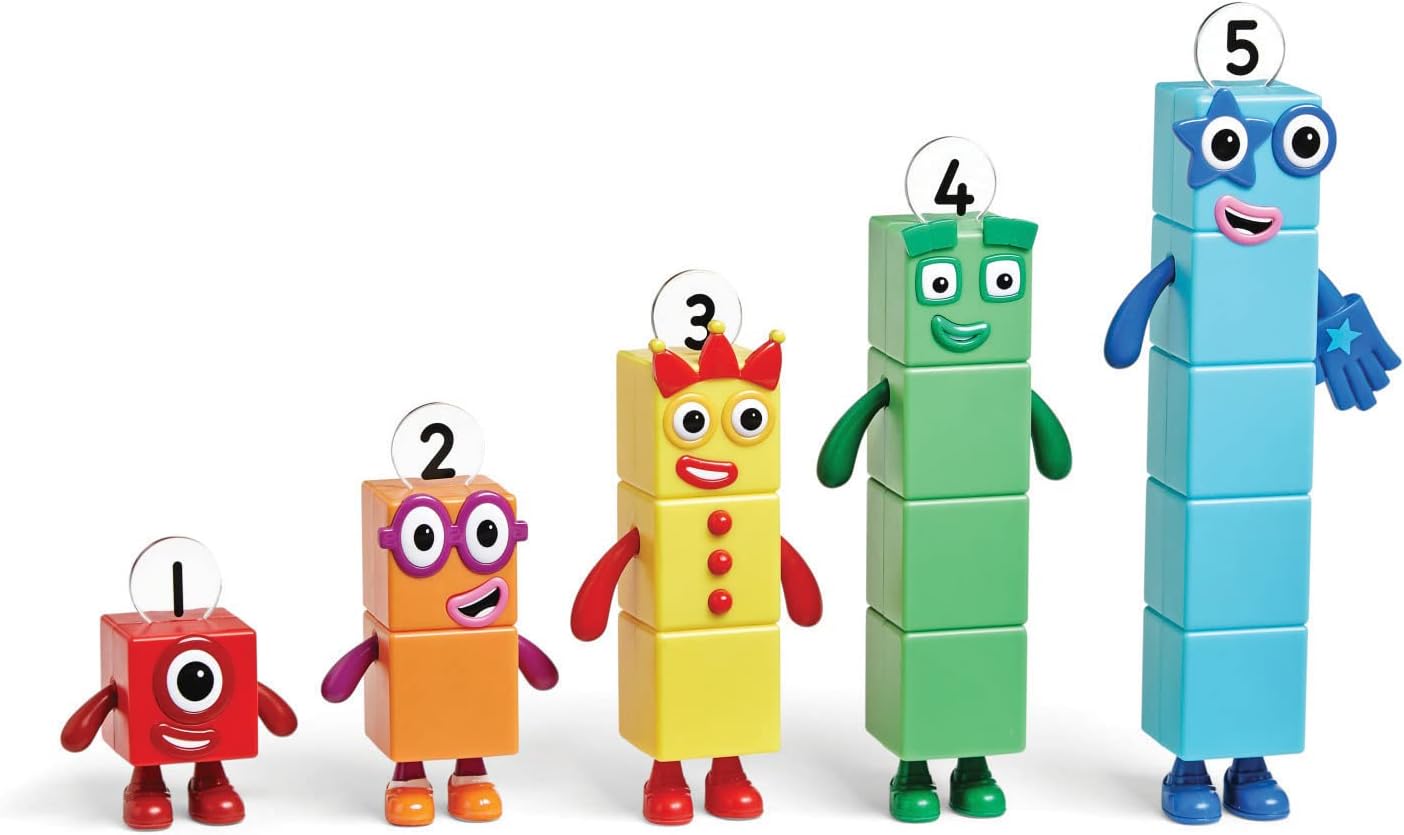
Small stories that teach big ideas
Turn the living room into Numberland. Let One hide under a napkin while Two looks for “pairs” around the room—two shoes, two pillows, two socks that finally meet again. Give Three a drum made from a pot and wooden spoon; clap back whatever rhythm your child taps so they hear “threes” as a feeling. Stack books into a tidy square for Four to sit on, then tilt one book and talk about what happens when “square stability” turns into a rectangle. With Five, play shop: five pretend coins, five carrots, five jumps before collapsing into giggles. Each micro-story bakes in counting, grouping, and the beginnings of subitizing—the instant recognition of “how many” without counting one by one.
Stretch the set as skills grow
At first, toddlers carry the characters and announce names. Soon, you’ll notice counting on fingers appearing during play, which is your cue to nudge gently from counting to combining. Place Two and Three together and wonder out loud, “When Two and Three walk side by side, does anyone else want to join?” If your child brings Five, you’ve just modeled composition. Later, separate Four into two pairs and call them “teams,” then rejoin to feel how two-and-two turns back into four. Keep numbers anchored to actions—walk, stack, share, sort—so understanding grows from doing, not reciting.
Sibling play without rivalry
Give roles instead of turns. The older child becomes “Narrator,” setting scenes—“Four is building a square house”—while the younger is “Mover,” placing characters and props. Swap roles every few minutes. If tensions spike, create a shared mission: deliver five pretend letters to five “mailboxes” around the room. Each child carries different Numberblocks, but the success belongs to the team, not the individual.
Shop Numberblocks Friends One to Five
Calm-time, busy-time, travel-time
For quiet moments, lay out a small cloth and keep only two or three characters visible. Fewer choices slow the pace and help focus. During errands, tuck One and Two into a coat pocket; at the café table, let them “count” sugar sachets or stick spoons together like “twins.” On longer trips, draw five simple “parking spaces” on a card and invite your child to dock Numberblocks Friends One to Five in order, then reverse order, then by “teams” (odd vs. even) once they’re ready.
Language, motor, and social skills—sneaking in alongside math
Because children voice their characters, you’ll hear early storytelling grow: “Three likes music,” “Five is sharing high-fives.” Echo choice words—share, equal, more, less, pair, square—inside the story so vocabulary rides the fun. Placing pieces, tapping rhythms, and lining up “just so” feeds fine-motor control and planning. When two kids negotiate who plays which character, you’re also practicing turn-taking and flexible thinking. The math is doing heavy lifting—and so is everything else.
Keep the magic fresh without buying anything new
Rotate the setting, not the toy. Tomorrow, Numberland moves to the bath mat with dry cups as “houses.” Next week, draw five doors on a cardboard strip and let each character “ring” its own bell before bedtime. Use the seasons as prompts—five leaves collected in autumn, five splashes across a puddle in spring. If interest dips, hide the set for two days, then reintroduce with a short “mission” and a new prop like a scarf that becomes a river.
Shop Numberblocks Friends One to Five
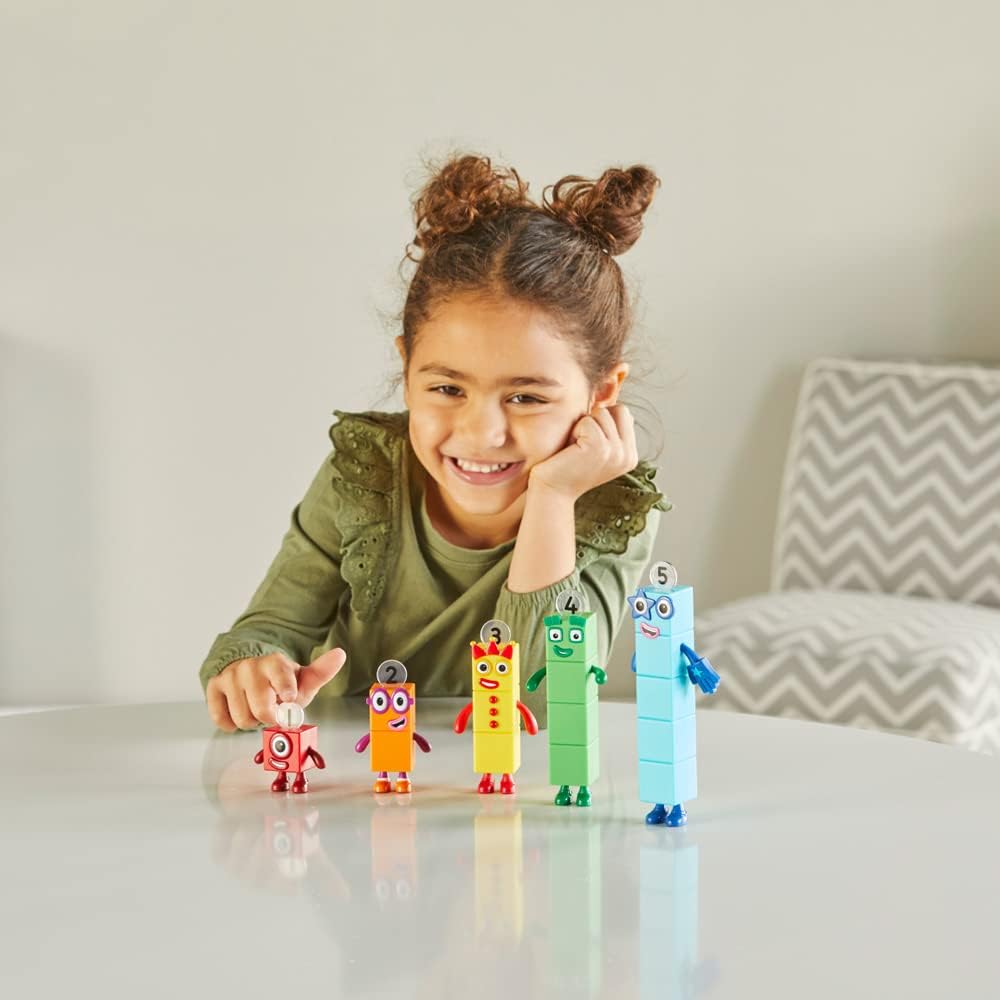
Caring for characters that work hard
Give the first five a little “garage” on a low shelf where small hands can park them in order at clean-up time. A quick wipe keeps colors bright; a short “goodnight, One… goodnight, Two…” ritual at put-away reinforces sequence and closure. The aim isn’t pristine display; it’s a predictable home that makes tomorrow’s play easy to start again.
A gift that starts a chapter, not a chore
If you’re gifting Numberblocks Friends One to Five by Learning Resources, pair them with a folded card showing five tiny doorways to color in, and write a one-sentence mission: “Can you help the first five find their homes?” Parents will thank you for a toy that explains itself and a play prompt that launches the very first session.
Conclusion
Early math grows best where joy lives. With Numberblocks Friends One to Five by Learning Resources, numbers stop being “things adults ask about” and become companions for everyday adventures. Keep play small and frequent, speak the language of noticing, let stories carry the math, and rotate scenes so curiosity stays bright. From breakfast blueberries to bedtime line-ups, the first five will guide your child from counting what they hold to understanding how numbers fit together—gently, playfully, and right on time.
Shop Numberblocks Friends One to Five
FAQ
- What ages get the most from this set?
Most families find a sweet spot from about 2 to 5 years: toddlers explore names and order, preschoolers start composing and decomposing numbers. - Do I need to show the TV series first?
Helpful but not required. The characters stand alone; the show can deepen stories later. - How do I introduce the set without turning it into a lesson?
Place two characters near a snack and narrate a tiny scene—“Two loves pairs; can you find two crackers?”—then stop while it’s still fun. - My child already counts to ten—will this still help?
Yes. Counting is one skill; understanding how amounts combine and compare is another. The first five make that understanding physical and memorable. - Any quick activity when I’m tired?
Line up the five, whisper one’s name, let your child move it to the front, then whisper the next. Finish with a high-five to Five. - How do I use the set with siblings?
Assign roles (Narrator/Mover), set a shared mission, and swap roles frequently. Keep scenes short to prevent power struggles. - Can we practice addition without worksheets?
Act it out. Put Two in a “boat,” invite Three aboard, and ask who arrives at the dock. When Five waves back, you’ve modeled 2+3 with a smile. - How do I handle “wrong” answers kindly?
Reflect what happened—“You gave Four three grapes; let’s add one more so they match”—and let the correction be a story beat, not a scold. - What if interest fades after a week?
Hide the set briefly, then reintroduce with a new location or prop. Fresh context revives familiar friends. - Is clean-up part of learning?
Absolutely. Parking Numberblocks Friends One to Five in order builds sequencing and responsibility—and sets up tomorrow’s play in seconds.

